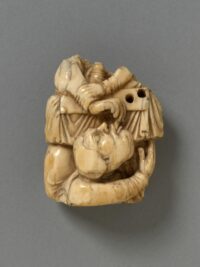
Sunday, 31 March 2024
Easter Day

Saturday, 30 March 2024
Fr Hunwicke on the Exsultet
Conserving the Breamore Rood
Hot Cross buns
Thursday, 28 March 2024
The Ambrosian Rite for Holy Thursday
Papal Ceremonies for Maundy Thursday
A Scottish equivalent to the Royal Maundy
June 2 [1607]. – The Privy Council refer to ‘a very ancient and lovable custom’ of giving a blue gown, purse, and as many Scotch shillings as agreed with the years of the king’s age, to as many ‘auld puir men’ as likewise agreed with the king’s years; and seeing it to be ‘very necessary and expedient that the said custom should be continuit,’ they give orders accordingly.
Sunday, 24 March 2024
Patristics for Palm Sunday
Quite apart from their apposite wss at this point in the liturgical year they are also fine examples of the style of both authors.
The Palmesel
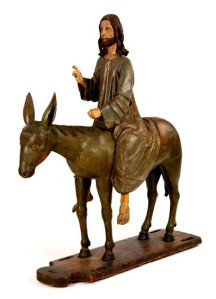
‘Christ on the Ass’, c. 1480. Limewood and pine, painted and gilded. Southern Germany. Victoria and Albert Museum, London.
Image:jasongoroncy.com
Palm Sunday - The Entry into Jerusalem
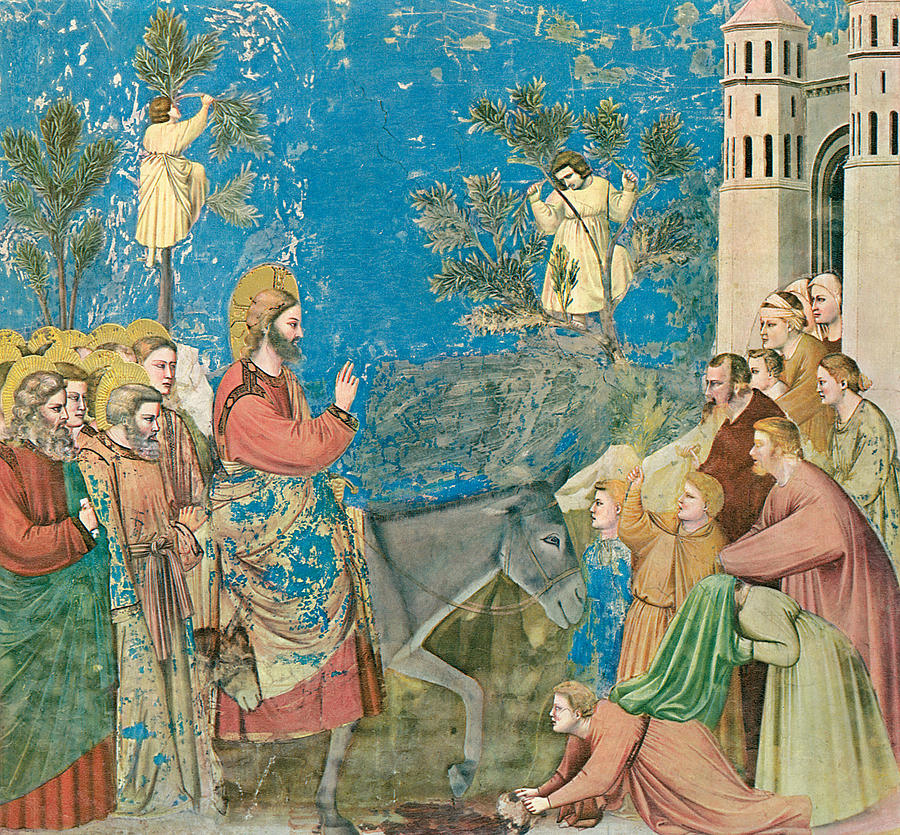

Saturday, 23 March 2024
Medieval spectacles
Thursday, 21 March 2024
Keeping medieval cities clean and fragrant
Monday, 18 March 2024
A Greek visitor to Eboracum
Sunday, 17 March 2024
The restored murals at the Oxford Oratory

Saturday, 16 March 2024
More about this year’s Constable’s Dues
Wednesday, 13 March 2024
The Constable’s Dues
Tuesday, 12 March 2024
Reassessing Silchester
Saturday, 9 March 2024
Kit bags across the centuries
Le combat en armure au XVe siècle looks at the flexibility that is possible and Can You Move in Armour? reconstructs the fitness routine - or showing off - of Jean Le Maingre, Maréchal Boucicaut, who was taken prisoner at Agincourt, and died a few years later as a captive in England.
Thirdly there is also, to show the comparison with modern equipment, the superb, and almost hypnotic, Obstacle Run in Armour - a short film by Daniel Jaquet
Friday, 8 March 2024
The relics of St Thomas Aquinas
Thursday, 7 March 2024
St Thomas Aquinas 750

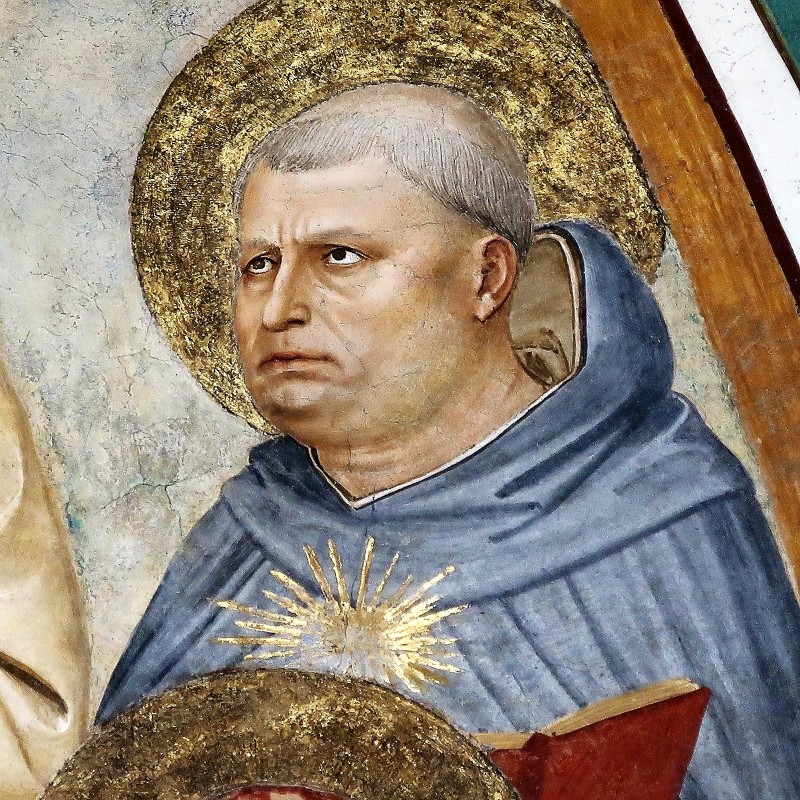
Tuesday, 5 March 2024
The late arrival of a Faroese jumper
Monday, 4 March 2024
Policing morals at Cambridge University - and at Oxford
Saturday, 2 March 2024
Hoping to save a twelfth century ivory for the nation
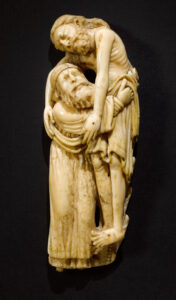 The article then goes on to look at British regulations regarding art exports, and compares them with those in France, Germany, and Italy about safeguarding heritage objects and preventing their loss overseas.
The article then goes on to look at British regulations regarding art exports, and compares them with those in France, Germany, and Italy about safeguarding heritage objects and preventing their loss overseas.




